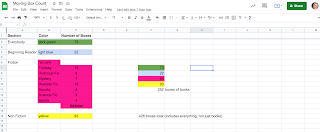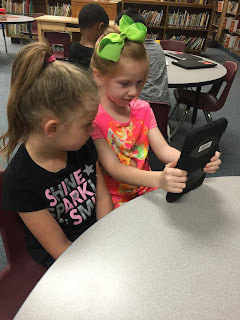An Amateur's Guide to Moving Your Library

"It is both a blessing and a curse." I have heard this said in many situations in my life. It was not until March 2020 that I began to live this expression out in my daily life. We all hear that date, March 2020, and a flood of emotions and memories fill our minds. It was at this time that I found myself not only fearing the introduction of Covid to our community, but also fearing the task facing me in my library. In the two years prior to 2020 I watched daily from the windows in my ancient library at O.M. Roberts Elementary in Lake Jackson, TX as our beautiful new school building was being erected. I saw the land being cleared, the ground being broken, and the contractors moving in to build our new school. I had a prime view of the entire process. What a blessing! It was only a curse occasionally. The noise from construction was a little overwhelming in the beginning. Surprisingly it became something I didn't even notice as time went on. I remember watching the progres...
